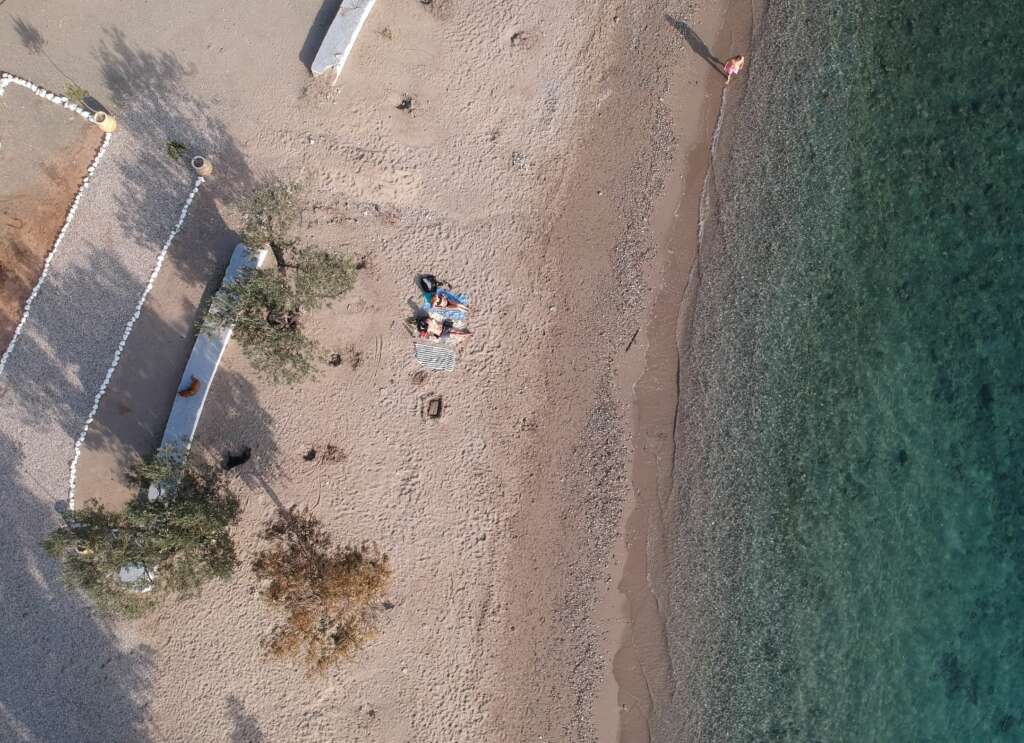A day in the life of an online TEFL teacher
There are a lot of myths flying around about exactly what it means to be an online TEFL teacher. Pictures of digital nomads reclining in a hammock on a postcard-perfect Thai beach with just a laptop on their legs and the turquoise seas lapping behind hardly help matters. They simply aren’t true. Every veteran web teacher knows it would be impossible to divulge the secrets of English grammar with all those distractions!
So, we’ve put together this little run-through to help shed light on the life of a TEFL teacher on the internet. It’s a whole day-long itinerary that showcases the sort of schedule you can expect when you work online. Of course, things will vary depending on where you are, your teaching style, and how busy you are, but it should give just a taster of what’s on offer…
Wake up
7.00am – Wake up. It’s early up because my schedule for the day has 12 lessons. They’re all in the Central European Time zone (CET). That means my students are going to be one hour ahead of me and I need to get a head start on them by rising as early as I can.
7.30am – Stretches and shower. I usually start the day with some yoga. Whenever I’m traveling somewhere hot, I’ll try to do this outside or even on the beach (there were some particularly great days in Greece last year, which I got to start with downward dogs on the sand of the local plaka. Ah – memories!). I also find that a shower helps to shake me out of sleep mode and ready me for the day ahead.
8am – Breakfast. I allow half an hour for breakfast. Right now, that’s a basic cereal and a cup of coffee. When I’m abroad, I try to eat like the locals do. (Mango sticky rice in Thailand has so far been my favorite way to begin the day.) Tip: Always go for something with a bit of sugar in it – you need lots of energy when teaching younger learners!
Morning session

8.30am – First lesson. My first lesson of the day is at 8.30am. It’s with a student I’ve had for a while. She’s near to beginner level and we’re going to be recapping counting through the medium of singing. Here’s to hoping my voice isn’t too croaky in the morning!
9am-11am – Morning lessons. My morning sessions always seem to go by in flash. The schedule is never the same every week, but I know roughly which students to expect because my school allows them to book in bulk for up to three months ahead of time. I like that because it’s good for building strong rapport with your students and adding consistency to the learning.
11am-11.30am – Coffee break. A quick, quiet 30 mins with my good old fried: Mr. Caffeine.
11.30am-12.30pm – Trial lesson. I have an hour-long trial lesson. This means there’s a new student signed up to the school and they’ve booked 45 minutes of class with me at a reduced rate. I’m glad that this one comes in the late morning. It’s given me a little more time to prepare, which helps because there’s extra pressure on these classes – my school rewards teachers who convert from trial lessons.
Lunch

12.30pm-1.30pm – LUNCH! This has got to be close to my favorite part of the day. What I love the most is that my lunches are always different depending on where I’m traveling at the time. In Portugal, I might sneak out for a surf and a sandwich on the local beach. Traveling Greece, I could nip to a taverna for a local lunch of fried cheese and Greek salad. In Poland, I would wander into the UNESCO town of Krakow and enjoy a coffee. It’s really lovely to be able to explore places like that on your lunch hour.
Afternoon
1.30pm-3pm – Lessons. I have a set of standard lessons with pupils I’ve had for a while. It’s plain-sailing stuff and we’re pushing through with the curriculum for different levels. I take a couple of minutes at the end of each session to discuss progress with parents and pinpoint some areas of English learning that I think we could work on.
3pm-3.30pm – Lesson cancellation. It’s an unexpected 30 minutes free for me. The best part? I still get paid!
3.30pm-5pm – Final lessons of the day. My later lessons tend to be with older students in the teenage age bracket. That’s because they match up with the end of school in Central Europe, which means years 12 and up are back at home and ready for their English tuition. This means I shift my lessons to a more conversational style. These students are typically more advanced and need more focus on Student Talk Time.
Evening

5pm-5.20pm – Reporting. I always finish the day by writing a recap on all the students I’ve taught. I do try to fill this in straight after my lessons, but sometimes time’s a little tight. It doesn’t have to be War and Peace. Just a simple summary of what was learned, what Target Language we looked at, and what things could be improved is all that’s required.Keep this for your own notes and also send it to the school system so it can be checked by students and their parents.
5.20pm-5.30pm – Update schedule. I spend around 10 minutes at the end of my day updating my own tracking of hours. That’s just to make sure I get paid the right amount at the end of the month! I’ll also take some moments to check through my schedule for the following day and glance at the class materials that have been provided.
My time
5.30pm-6.30pm – Exercise. I’ve fallen in love with running. I find that it’s the perfect way to balance out being sat down at a computer all day, but also a great way to see the places that you’re traveling. I’ve run in some pretty awesome spots in the last year, from along the Peloponnesian coast of Greece to the Alps of northern Italy.
6.30pm-7.30pm – Relax and cook dinner. These are one in the same for me. I relax by cooking food. I relax even more when I’m eating it. It’s nice to be able to shop local, which you can do in traditional village marketplaces or vibrant Southeast Asian bazaars when you’re traveling and teaching online.
8pm-10pm – Read/watch TV. My chill time. I’m usually in bed by 10 for that 7am start the next day.
Have you got any thoughts on our run-through of a day in the life of an online TEFL teacher? If so, we’d love to hear your additions or questions in the comments below. Alternatively, check out our guide to becoming an online TEFL teacher right now…


2 Comments
John Pace
Woah that’s amazing! I’m extremely curious about teaching online. I have some questions. Is there provided material that you can use? What places will students come from? Do I need the 140 master course?
Thanks for the post! It was super helpful!
Joseph Francis (Joseph) Francis
Hello,
You don’t need the 140-hour course to apply for online jobs. It’s just the course we’ve designed to help TEFL graduates who want to work online. It has helpful modules on online class managements and other things. (We’ve got a video intro to it here: https://www.youtube.com/watch?v=X0TMjFmkqqo&t=2s&ab_channel=myTEFL)
Where your students come from will depend on what school you teach with. A lot are from East Asia, but it’s also possible to get students from South Asia, Southeast Asia and Europe.
There’s even more info here: https://mytefl.com/online-teaching-guide-tefl/
Hope that helps!